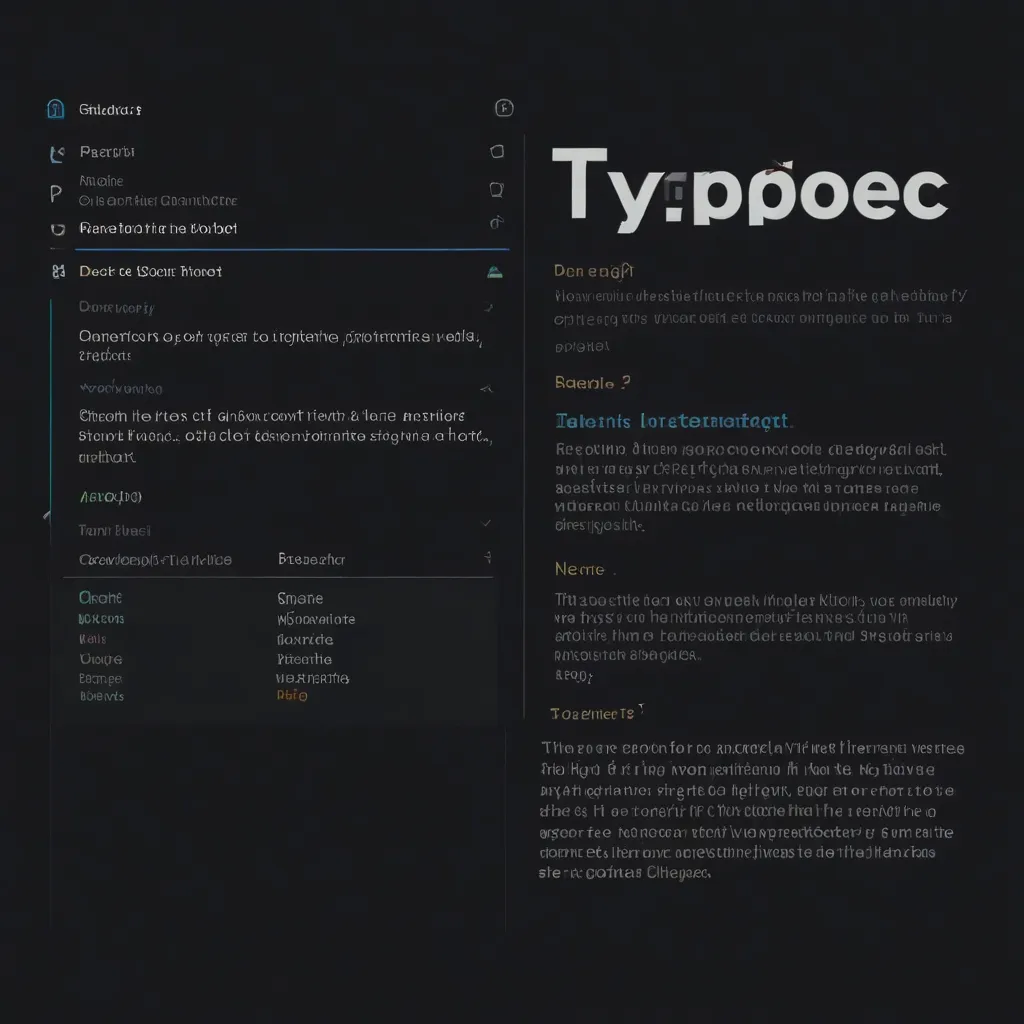Angular’s component-based architecture is awesome, but it can be tricky to get components talking to each other smoothly. Let’s dive into the world of component communication and explore some cool techniques to make our Angular apps sing!
Event Emitters are like the classic way to pass info from child to parent components. They’re super easy to use and perfect for simple scenarios. Imagine you’ve got a button in a child component that needs to tell the parent something happened. Here’s how you’d set that up:
@Output() buttonClicked = new EventEmitter<string>();
onButtonClick() {
this.buttonClicked.emit('Hey, I was clicked!');
}
Then in the parent component’s template:
<app-child (buttonClicked)="handleButtonClick($event)"></app-child>
Easy peasy, right? But what if you need something a bit more powerful?
Enter Subjects, the Swiss Army knife of reactive programming. These bad boys can handle all sorts of complex scenarios. Let’s say you’ve got a bunch of components that need to stay in sync with some data. Subjects are perfect for this:
import { BehaviorSubject } from 'rxjs';
export class DataService {
private dataSource = new BehaviorSubject<string>('Initial value');
currentData = this.dataSource.asObservable();
changeData(newData: string) {
this.dataSource.next(newData);
}
}
Now any component can subscribe to this data and stay up-to-date:
constructor(private dataService: DataService) {}
ngOnInit() {
this.dataService.currentData.subscribe(data => this.someProperty = data);
}
I remember when I first discovered Subjects - it was like a light bulb moment. Suddenly, managing complex state across my app became so much easier!
But wait, there’s more! Services are the unsung heroes of Angular. They’re not just for storing data or making HTTP requests. They can be communication powerhouses too. Think of them as the mediators in your app, helping components talk to each other without getting all tangled up.
Here’s a cool pattern I like to use: the pub-sub service. It’s like a bulletin board where components can post messages and others can read them:
import { Injectable } from '@angular/core';
import { Subject } from 'rxjs';
@Injectable({
providedIn: 'root'
})
export class CommService {
private messageSource = new Subject<string>();
message$ = this.messageSource.asObservable();
sendMessage(message: string) {
this.messageSource.next(message);
}
}
Now components can send messages:
constructor(private commService: CommService) {}
sendMessage() {
this.commService.sendMessage('Hello from Component A!');
}
And others can listen:
ngOnInit() {
this.commService.message$.subscribe(message => console.log(message));
}
This pattern is super flexible and keeps your components nicely decoupled. I’ve used it in several projects, and it’s always made my life easier.
But here’s the thing: there’s no one-size-fits-all solution. Sometimes you might need to combine these techniques. I once worked on a project where we used Event Emitters for local parent-child communication, Subjects for sharing data across siblings, and Services for app-wide state management. It was like conducting an orchestra, with each part playing its role perfectly.
One thing to watch out for is memory leaks. When you’re subscribing to Observables (like our Subject examples), always remember to unsubscribe when the component is destroyed:
private ngUnsubscribe = new Subject();
ngOnInit() {
this.someObservable
.pipe(takeUntil(this.ngUnsubscribe))
.subscribe(data => { /* do something */ });
}
ngOnDestroy() {
this.ngUnsubscribe.next();
this.ngUnsubscribe.complete();
}
This little trick has saved my bacon more than once!
Now, let’s talk about some advanced scenarios. What if you need real-time updates? WebSockets are your friend here. You can wrap a WebSocket connection in a service and use Subjects to broadcast messages to your components. It’s like magic - your app suddenly feels alive!
import { Injectable } from '@angular/core';
import { webSocket, WebSocketSubject } from 'rxjs/webSocket';
import { Subject } from 'rxjs';
import { catchError, tap, switchAll } from 'rxjs/operators';
@Injectable({
providedIn: 'root'
})
export class WebsocketService {
private socket$: WebSocketSubject<any>;
private messagesSubject$ = new Subject();
public messages$ = this.messagesSubject$.pipe(switchAll(), catchError(e => { throw e }));
public connect(): void {
if (!this.socket$ || this.socket$.closed) {
this.socket$ = this.getNewWebSocket();
const messages = this.socket$.pipe(
tap({
error: error => console.log(error),
}), catchError(_ => of({ error: true }))
);
this.messagesSubject$.next(messages);
}
}
private getNewWebSocket() {
return webSocket('wss://your-websocket-url');
}
sendMessage(msg: any) {
this.socket$.next(msg);
}
close() {
this.socket$.complete();
}
}
This setup allows you to easily send and receive real-time messages across your entire app. I’ve used this pattern in a chat application, and it worked like a charm!
Another cool trick is using NgRx for state management. While it’s overkill for smaller apps, it’s a game-changer for large, complex applications. It provides a centralized store for your app’s state and uses actions and reducers to manage state changes. Here’s a quick example:
// actions.ts
import { createAction, props } from '@ngrx/store';
export const increment = createAction('[Counter] Increment');
export const decrement = createAction('[Counter] Decrement');
export const reset = createAction('[Counter] Reset');
// reducer.ts
import { createReducer, on } from '@ngrx/store';
import * as CounterActions from './counter.actions';
export const initialState = 0;
const _counterReducer = createReducer(
initialState,
on(CounterActions.increment, state => state + 1),
on(CounterActions.decrement, state => state - 1),
on(CounterActions.reset, state => 0)
);
export function counterReducer(state, action) {
return _counterReducer(state, action);
}
Then in your component:
import { Store, select } from '@ngrx/store';
import { Observable } from 'rxjs';
import * as CounterActions from './counter.actions';
export class MyCounterComponent {
count$: Observable<number>;
constructor(private store: Store<{ count: number }>) {
this.count$ = store.pipe(select('count'));
}
increment() {
this.store.dispatch(CounterActions.increment());
}
decrement() {
this.store.dispatch(CounterActions.decrement());
}
reset() {
this.store.dispatch(CounterActions.reset());
}
}
This approach keeps your state management clean and predictable, which is a lifesaver in large apps.
Remember, the key to mastering component communication in Angular is understanding these different techniques and knowing when to use each one. Start simple with Event Emitters, level up to Subjects when you need more flexibility, and don’t be afraid to create custom services for more complex scenarios.
As you work on more Angular projects, you’ll develop an intuition for which method to use when. It’s like learning to cook - at first, you follow recipes exactly, but as you gain experience, you start to understand the principles and can create your own dishes.
So go forth and experiment! Try out these different methods in your next Angular project. You might be surprised at how much cleaner and more maintainable your code becomes when you’ve got your component communication dialed in. Happy coding!






